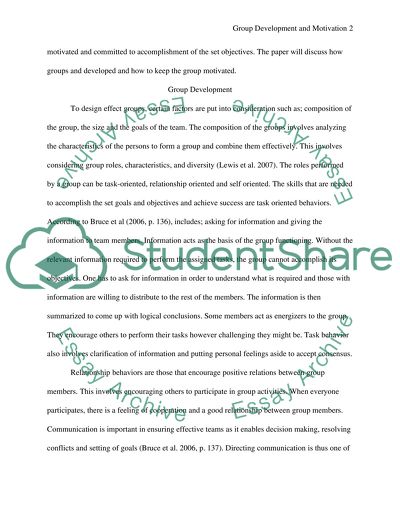Cite this document
(“Group Development and Motivation Essay Example | Topics and Well Written Essays - 2000 words”, n.d.)
Retrieved from https://studentshare.org/environmental-studies/1419357-group-development-and-motivation
Retrieved from https://studentshare.org/environmental-studies/1419357-group-development-and-motivation
(Group Development and Motivation Essay Example | Topics and Well Written Essays - 2000 Words)
https://studentshare.org/environmental-studies/1419357-group-development-and-motivation.
https://studentshare.org/environmental-studies/1419357-group-development-and-motivation.
“Group Development and Motivation Essay Example | Topics and Well Written Essays - 2000 Words”, n.d. https://studentshare.org/environmental-studies/1419357-group-development-and-motivation.


